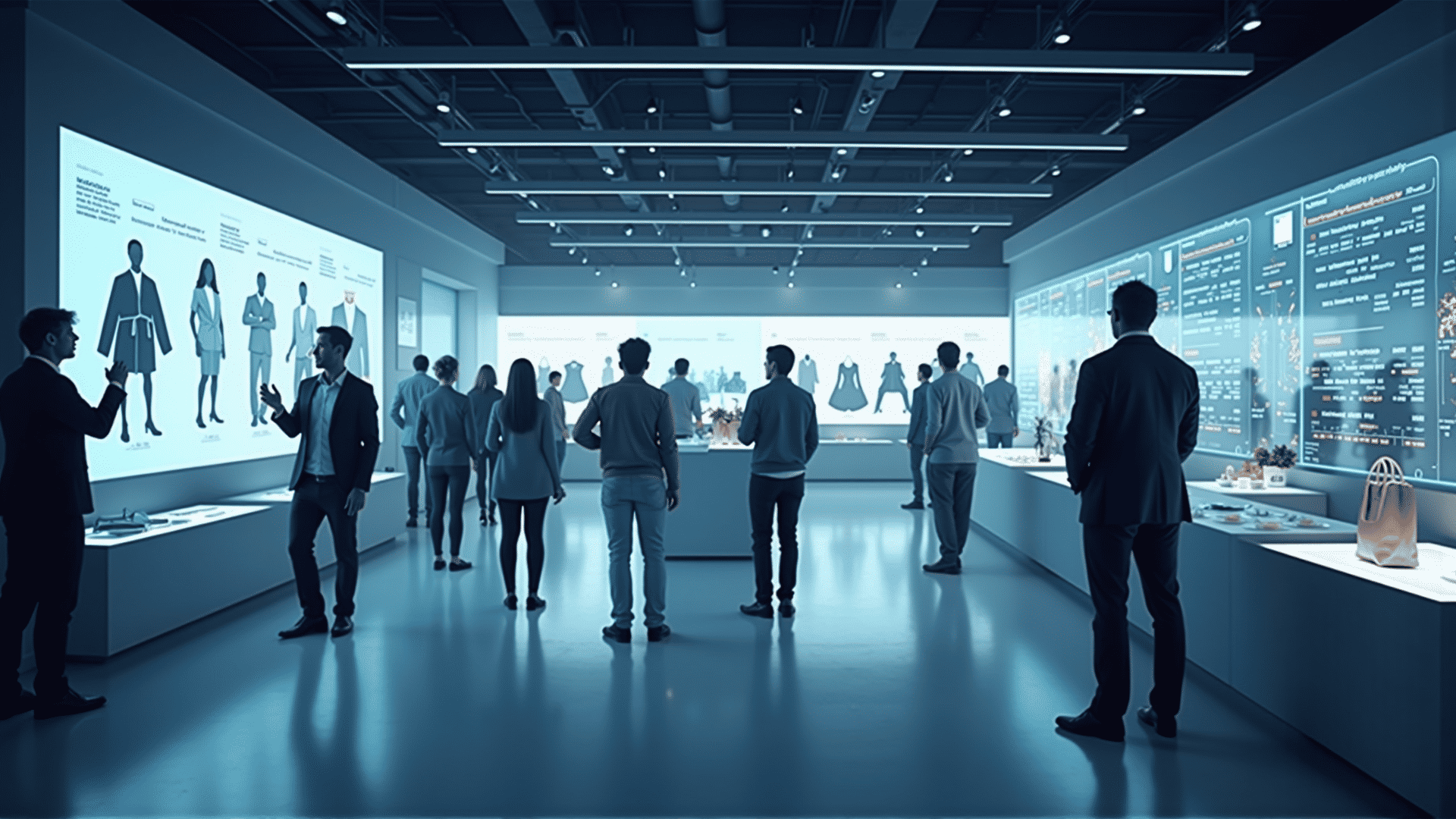As we navigate the future of online shopping in the USA, it becomes increasingly evident that the landscape is on the brink of significant transformation. This evolution is primarily driven by technological advances, changing consumer behaviors, and the relentless pursuit of convenience.
One of the most notable trends is the proliferation of personalized shopping experiences. Retailers are investing heavily in data analytics and artificial intelligence to tailor shopping journeys to individual preferences. From personalized recommendations to virtual styling assistance, consumers can expect a shopping experience that feels uniquely their own.
Additionally, the integration of augmented reality (AR) is set to redefine how Americans shop online. With AR, consumers can visualize products in their own environment before making a decision, bridging the gap between physical and digital shopping experiences. This technology will likely gain traction in sectors such as fashion, furniture, and home goods, where visualizing fit and style is crucial.
The rise of voice commerce also suggests a shift in how consumers interact with online platforms. As smart home devices become increasingly common, shopping via voice commands is expected to streamline the purchasing process. This hands-free approach offers unparalleled convenience, allowing consumers to multitask while making purchases.
Sustainability is another significant factor shaping the future of online shopping. Consumers are becoming more conscious of their environmental footprint, driving a demand for eco-friendly products and practices. This trend is prompting businesses to adopt sustainable practices, from eco-friendly packaging to carbon-neutral shipping options.
Moreover, social media platforms are evolving into powerful shopping channels. With the integration of seamless shopping features, users can purchase products directly from their social feeds, merging content consumption with instant purchasing. This trend is particularly prevalent among younger generations who spend significant time on these platforms.
The security of online shopping will continue to be a top priority, as consumers demand trustworthy environments for their digital interactions. Innovations in blockchain technology and enhanced encryption methods are expected to provide more robust security measures, ensuring consumer data is protected against potential threats.
Finally, same-day and even one-hour delivery services are increasingly becoming the norm. Consumers' expectations for speed and efficiency are driving companies to optimize logistics. Advances in warehouse automation and the use of drones for last-mile delivery are setting new standards for speed and convenience.
In summary, the future of online shopping in the USA is set to be characterized by technological innovation, personalized experiences, and a heightened focus on sustainability and security. As we look ahead, these trends will continue to shape a shopping landscape that prioritizes consumer demands for convenience, choice, and conscious consumption.
